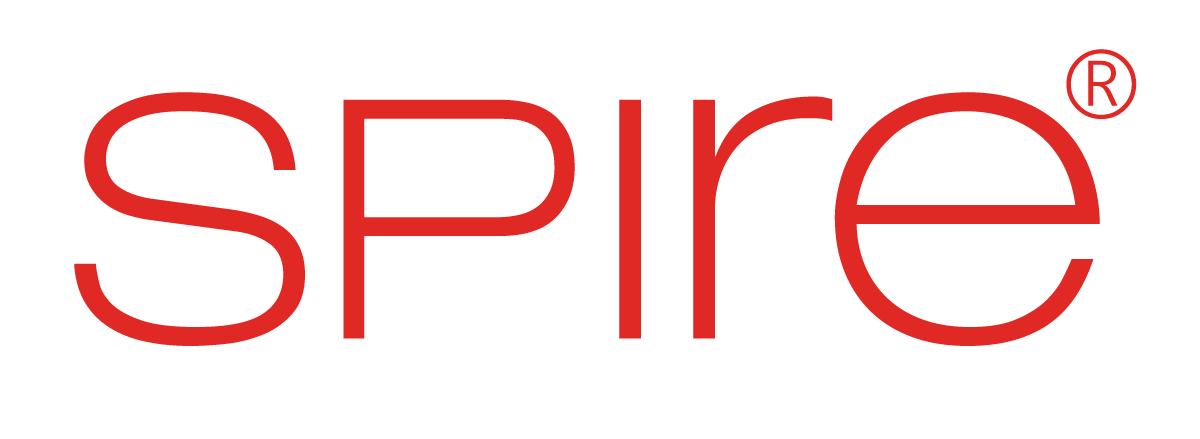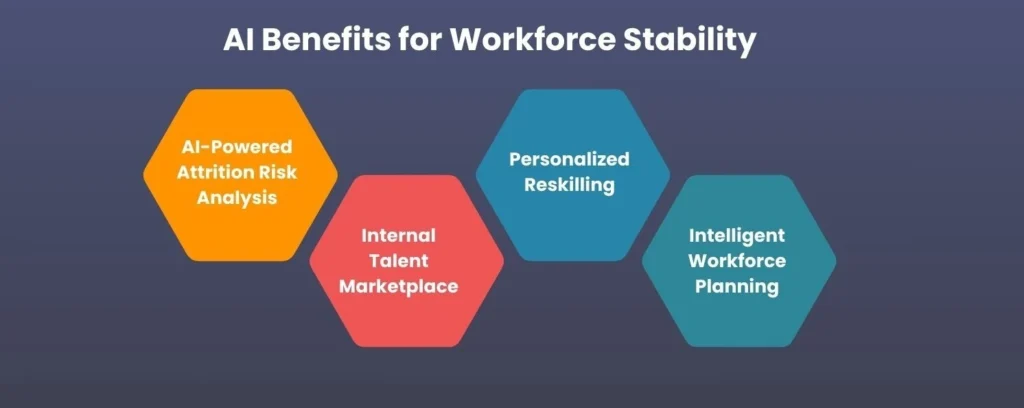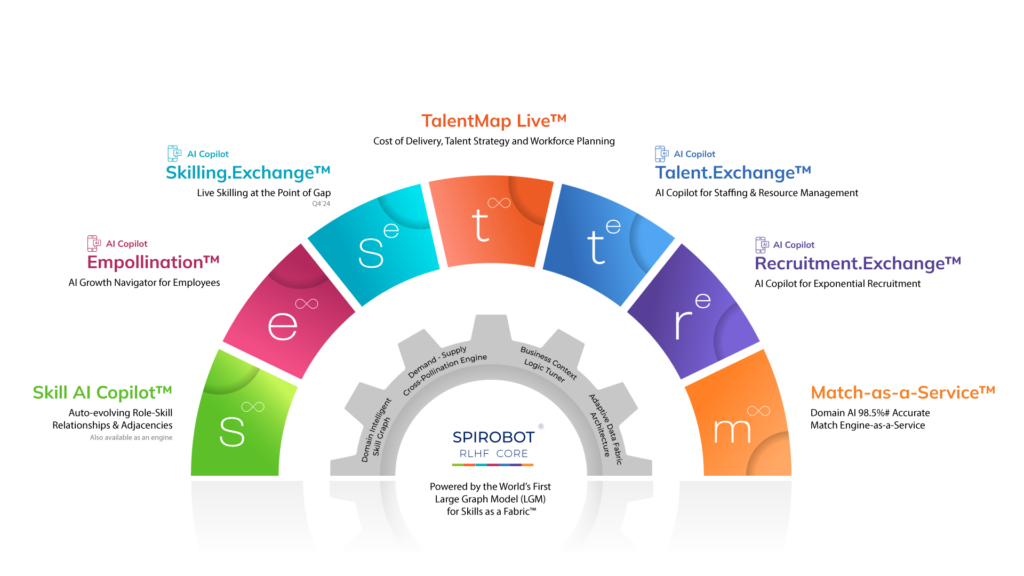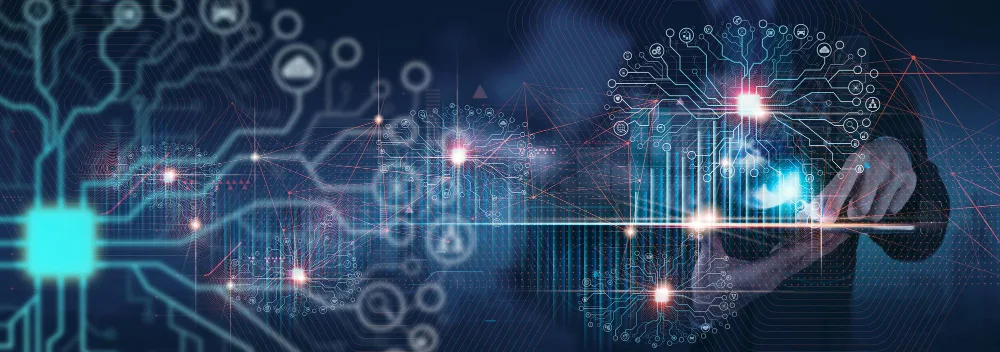Workforce attrition has long been a challenge for businesses, but in today’s market, retaining top talent is more than just an HR priority—it’s a business imperative. High turnover rates lead to soaring recruitment costs, operational disruptions, and knowledge loss, impacting overall business performance.
Employees aren’t leaving just for higher paychecks. Many exit due to the lack of growth opportunities, unclear career progression, or disengagement from their roles. Traditional retention strategies—offering bonuses, adjusting salaries, and implementing static training programs are no longer enough to solve this issue.
Instead, organizations must shift towards a sustainable workforce management model, where talent is nurtured, internal mobility is prioritized, and AI-driven insights create personalized career paths for employees. This is where Spire.AI comes into play, offering AI-powered workforce intelligence to help companies reduce attrition and unlock internal growth opportunities.
This article explores why attrition remains a persistent issue, the impact it has on business, and how AI-driven solutions like Spire.AI can help organizations retain and develop talent efficiently.
How AI Can Reduce Attrition and Build Internal Mobility
Traditional workforce management has relied on static employee data, annual reviews, and manual tracking, leaving HR leaders struggling to identify retention risks, address skill gaps, and engage employees in real time. These outdated methods fail to provide the agility and precision needed to tackle attrition effectively.
Artificial intelligence (AI) changes the game by continuously analyzing workforce trends, tracking employee engagement, and providing predictive insights that allow businesses to act before talent is lost. AI doesn’t just manage workforce data, it transforms it into strategic, actionable insights that help organizations retain, develop, and redeploy talent efficiently.
AI helps organizations build a more sustainable, engaged workforce in the following ways.
1. AI-Powered Attrition Risk Analysis: Predicting and Preventing Turnover
Instead of reacting to attrition after employees leave, AI predicts it before it happens, allowing HR teams to intervene proactively.
Using machine learning models and sentiment analysis, AI platforms scan various workforce signals.
- Employee engagement scores (tracking productivity, sentiment in communication tools, and feedback patterns).
- Career progression stagnation (how long employees remain in the same role without movement).
- Workload imbalance (overworked employees are more likely to experience burnout).
- Compensation benchmarking (identifying dissatisfaction due to pay disparities).
For Example: A Fortune 500 IT firm using AI-driven workforce analytics discovers that mid-career employees in software development are at high risk of leaving due to a lack of technical leadership training.
Instead of waiting for resignations, the company acts on AI insights, launching:
- A targeted mentorship program pairing senior engineers with leadership coaches.
- Management training courses tailored for engineers transitioning into leadership.
- Personalized career path recommendations for engineers interested in managerial roles.
Within 12 months, attrition rates in this employee segment dropped significantly, saving the company millions in replacement costs.
AI doesn’t just highlight risk—it recommends strategic solutions to retain employees, improving workforce sustainability.
2. Internal Talent Marketplace for Career Growth: Unlocking Hidden Opportunities
A major reason employees leave is due to the lack of visibility into career growth within their organization. Many assume they must leave to advance their careers, unaware of internal opportunities.
AI fixes this problem by:
- Automatically scanning workforce data to identify best-fit internal roles for employees.
- Matching employees with relevant lateral or vertical career moves based on their skills, aspirations, and business needs.
- Providing real-time career progression visibility, showing employees personalized career paths and training suggestions.
For Example: A marketing specialist at a global retail company wants career growth but doesn’t know what’s available internally. Instead of leaving for an external role, AI provides them with:
- Recommendations for leadership roles in content marketing, digital strategy, or brand management.
- AI-powered career pathways show skills they need to acquire for their next move.
- Real-time notifications for internal job postings aligned with their skills.
Because employees see a future within the company, retention improves. AI-powered talent marketplaces help businesses reduce external hiring costs and ensure career mobility without losing talent.
3. Personalized Reskilling and Upskilling: Aligning Learning with Business Needs
One of the biggest reasons for career stagnation and disengagement is the lack of relevant learning opportunities. Traditional corporate training programs fail because they are generic and disconnected from real employee goals.
AI changes this by:
- Analyzing company-wide skill gaps and identifying emerging industry demands.
- Recommending training programs specific to an employee’s career trajectory.
- Providing adaptive learning paths that evolve with the employee’s progress.
For Example: A financial services company finds that AI and data analytics will be crucial for its workforce in the next five years. Instead of hiring externally, it:
- Uses AI to assess which existing employees have transferable skills in analytics.
- Provides a structured upskilling program in AI-driven financial modeling.
- Promotes internal candidates for new AI-focused roles.
By linking reskilling directly to business needs, companies can reduce skill gaps without relying on costly external hires.
4. Intelligent Workforce Planning for Long-Term Retention
Companies often focus on short-term hiring goals without aligning workforce strategies with long-term business growth. AI-driven workforce planning:
- Forecasts which skills will be in demand over the next 3-5 years.
- Develops structured talent pipelines to ensure a steady supply of skilled employees.
- Builds personalized career pathways so employees feel invested in their company’s future.
For Example: A tech company expanding into cloud computing realizes that internal engineering teams lack cloud security expertise. Instead of external hiring, AI suggests:
- Proactive training for existing IT teams to transition into cloud security roles.
- AI-driven career mapping showing employees how to shift from software engineering to cloud infrastructure roles.
This results in a stronger internal talent pipeline, reducing the need for expensive external recruitment.
For AI-driven workforce sustainability to be effective, companies need more than just generic automation tools—they need Domain-Intelligent AI that turns workforce insights into precise, actionable strategies tailored to specific industries.
The Significance of Domain-Intelligent AI in Workforce Sustainability
Traditional AI workforce platforms provide broad, one-size-fits-all insights, but they lack the ability to interpret industry-specific challenges. Workforce planning in finance, healthcare, technology, and manufacturing requires an AI system that understands the unique talent needs, compliance requirements, and skill evolution trends in each sector.
This is where Spire.AI’s Domain-Intelligent AI makes a difference. Unlike standard AI models that process workforce data without context, Domain-Intelligent AI is built with industry expertise, enabling it to:
- Analyze workforce trends through an industry-specific lens, ensuring recommendations align with sector needs.
- Identify emerging skills within each domain, keeping businesses ahead of shifting talent demands.
- Provide tailored reskilling and upskilling pathways that make sense for a company’s specific workforce.
For example, a financial services firm may need to reskill its compliance officers for AI-driven risk assessment, while a tech enterprise may focus on transitioning software engineers into cloud computing roles. A generic AI platform would not distinguish between these priorities, but Spire.AI’s Domain-Intelligent AI ensures that the reskilling efforts are industry-relevant and future-focused.
Spire.AI: AI-Powered Workforce Intelligence in Action
Spire.AI provides a comprehensive workforce intelligence solution that enables businesses to retain top talent, create internal career mobility, and optimize workforce planning with precision.
With its Domain-Intelligent AI, Spire.AI:
- Analyzes workforce engagement and attrition risks in real time, giving companies early warning signs to act before talent loss occurs.
- Identifies career growth opportunities by matching employees with internal roles based on their skills, experience, and future aspirations.
- Delivers AI-driven reskilling and upskilling recommendations, ensuring employees are continuously developing in ways that align with both their personal growth and business objectives.
Empollination™: The Workforce Sustainability Tool Built on Domain-Intelligent AI
At the heart of Spire.AI’s solution is Empollination™, a revolutionary workforce sustainability tool that integrates Domain-Intelligent AI to drive smart, data-backed talent decisions.
- Predicts attrition risks by analyzing engagement trends, role stagnation, and workforce sentiment, helping HR teams act before high-value employees leave.
- Creates an Internal Talent Marketplace, allowing employees to explore internal mobility opportunities in real time—reducing external hiring costs and improving retention.
- Identifies skill gaps and suggests AI-powered learning programs tailored to an organization’s specific industry needs, ensuring workforce capabilities stay relevant and competitive.
- Maps career growth opportunities with personalized AI-driven career pathways, giving employees a transparent view of their future within the company, boosting engagement and retention.
Why Domain-Intelligent AI Is the Future of Workforce Management
In today’s workforce, talent retention isn’t just about filling positions—it’s about understanding what drives engagement, mobility, and long-term career development. Organizations that use Domain-Intelligent AI like Spire.AI gain an unparalleled advantage because their workforce strategies are:
- Industry-specific and deeply contextualized.
- Proactive rather than reactive, identifying risks and opportunities in advance.
- Scalable, ensuring talent sustainability across global operations.
By integrating Spire.AI’s Domain-Intelligent AI into their workforce sustainability strategy, Fortune 500 companies can future-proof their talent management, improve retention, and create a thriving, mobile workforce ready for tomorrow’s challenges.
Why Fortune 500 Companies Need AI-Driven Workforce Sustainability
Large enterprises can’t afford to lose talent due to outdated workforce management strategies. AI-powered platforms like Spire.AI provide a proactive, data-driven approach to workforce sustainability by ensuring:
- Lower attrition rates and reduced hiring costs.
- Higher employee engagement and long-term retention.
- A future-ready workforce that aligns with business strategy.
Attrition is not inevitable, it’s a solvable challenge when organizations leverage AI-powered workforce intelligence. Companies that invest in workforce sustainability today will be the ones that lead the future.
Building a Workforce for the Future With Domain-AI
The future of workforce management isn’t about reactive hiring, it’s about strategic retention and internal mobility.
With Spire.AI’s AI-driven solutions, companies can reduce turnover, improve workforce agility, and empower employees with long-term career growth. Instead of losing top talent, organizations can develop, retain, and nurture their workforce for lasting success.







